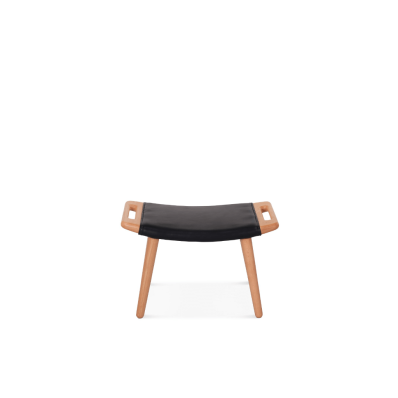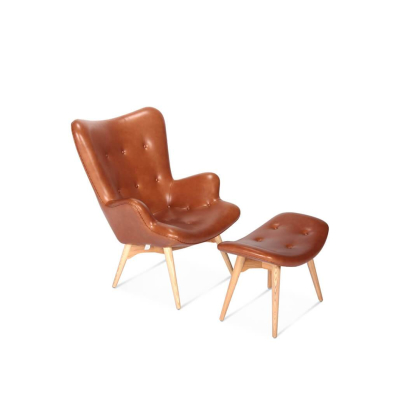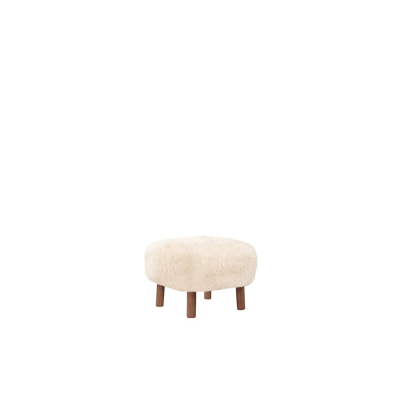Finn Juhl Pelican Chair
Reproduction
DIMENSIONS


-
Though Finn Juhl designed the Pelican Chair in 1940, its graceful curves are arresting even by today's standards. Inspired by modern art and sculpture, the chair exhibits an organic shape with a human character, evidenced in the welcoming embrace of the seat back.
Critics dismissed the design when it was first introduced, but the Pelican Chair has become iconic not just of Finn Juhl's body of work, but also of Danish design as a whole. The upholstery is hand-sewn to the frame and comes available in a variety of fabrics ranging from subdued to bold hues to plush shearling.
Materials & Features:- Molded fiberglass shell with highly resilient urethane foam
- Fabric upholstery (C.O.M available)
- High elasticity dacron-wrapped foam with genuine down feather layer
- Solid wood legs with walnut or natural ash finish
- All upholstery materials and fill content are non-toxic and fire-resistant
- Product fully assembled
-
When you look at the graceful shapes and sensual curves of Finn Juhl"s work, you may be shocked to realize that he designed these pieces 60 to 70 years ago. A pioneering force in his own country, Finn Juhl is also credited, along with fellow Danes Arne Jacobsen, Hans Wegner, Borge Mogensen and Poul Kjaerholm, with introducing Danish modern to midcentury America.
Although he initially wanted to become an art historian, his father persuaded him to attend the Royal Danish Academy of Fine Arts School of Architecture. By 1934, he had a prestigious position with architect Vilhelm Lauritzen and was exploring the functionalism movement by creating clean, geometrical buildings like the broadcasting house Radiohuset, a pinnacle of Danish architecture that now houses the Royal Danish Academy of Music.
Juhl considered himself an architect of the interior as well as the exterior. He began designing furniture like the Poet Sofa (1941) for use in his own home, located north of Copenhagen. Juhl felt that furniture, handicraft and art should create a completeness of the house, which in his case was decorated with works by the Danish painters of the time. Today, the Finn Juhl House" an early example of open-plan design with views to its garden from every room " is part of the Ordrupgaard Museum.
In 1937, Juhl began collaborating with master cabinetmaker Niels Vodder, and the pair was the buzz of the 1945 Cabinetmakers" Guild exhibition with their expressive, sculptural pieces. One such item was the Model 45 Armchair (1945), which broke from tradition by freeing the upholstered areas from the wood frame.
At age 39, Juhl made his U.S. debut in 1951 at the Good Design exhibit in Chicago and at MoMA in New York, and he represented Denmark in creating the interior of a meeting hall at the United Nations headquarters. A few years later, SAS asked Juhl to redesign the interior of its air terminals in Europe and Asia.
Finn Juhl is still winning awards decades after his death: The Wallpaper Design Award 2010 was awarded to the Baker Sofa (1951) in the category of Best Reissue.

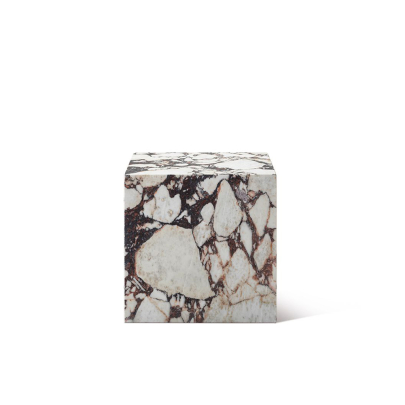



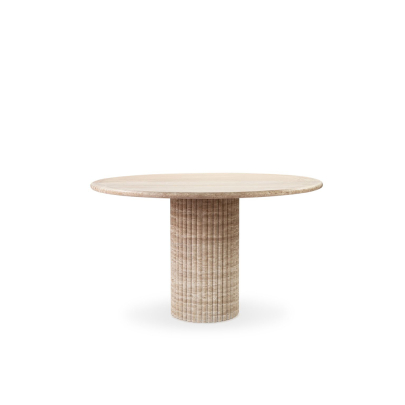

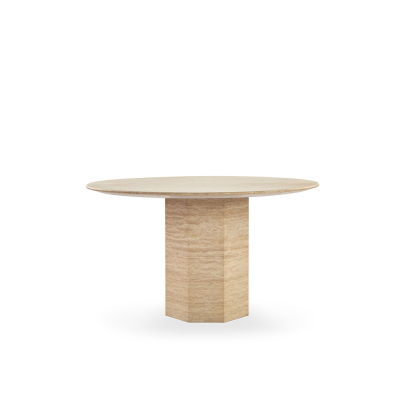
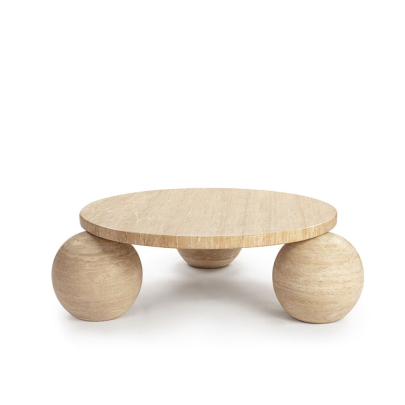
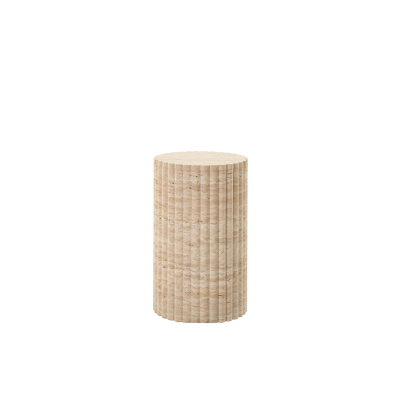

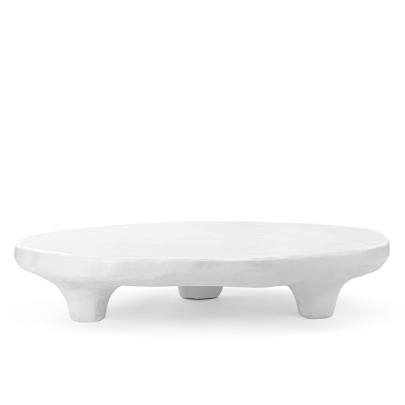
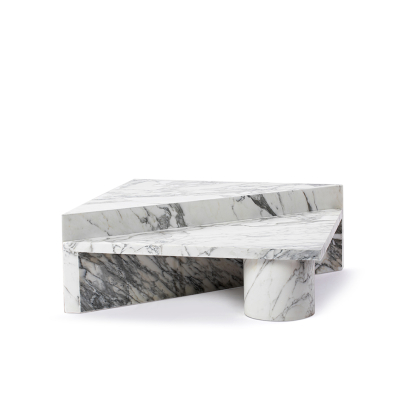
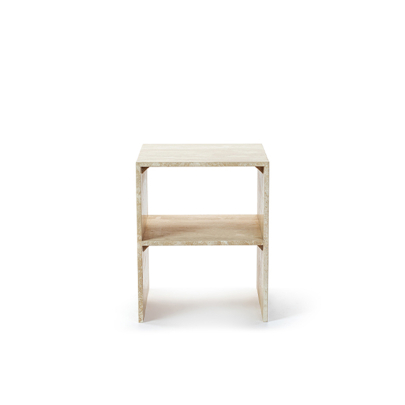

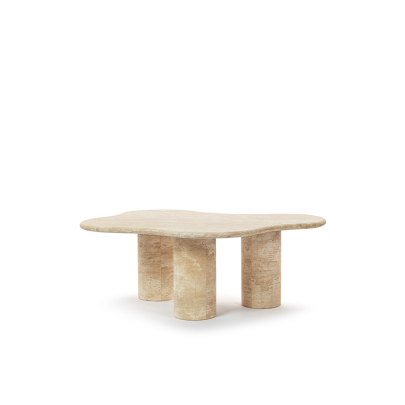
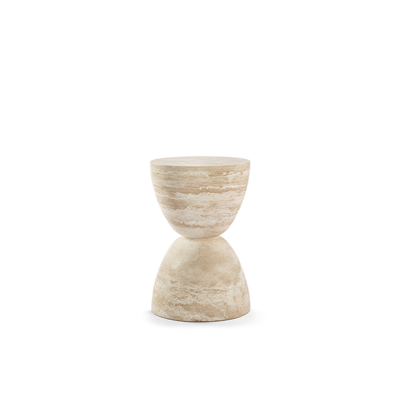
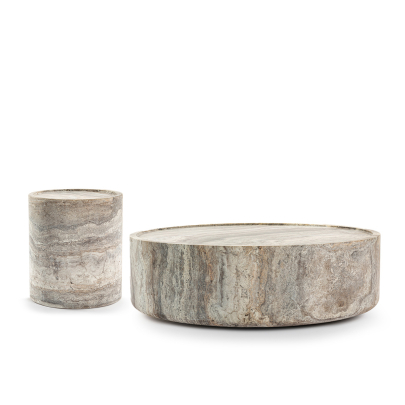

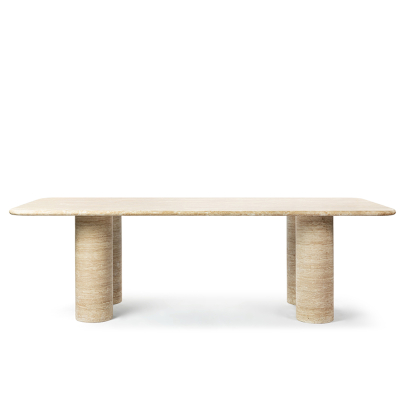
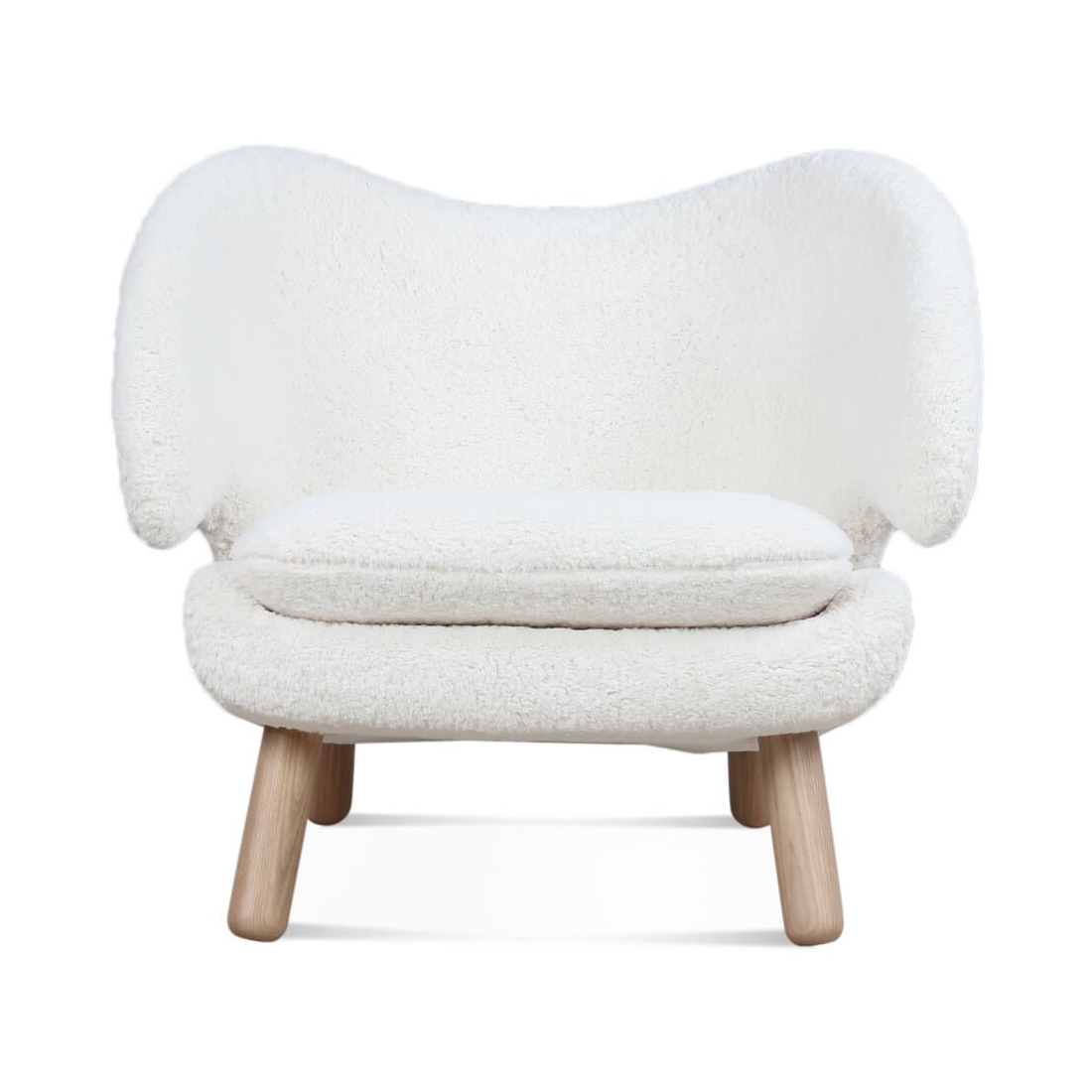
 1-800-993-0903
1-800-993-0903
 Chat With Us
Chat With Us
 Email Us
Email Us

